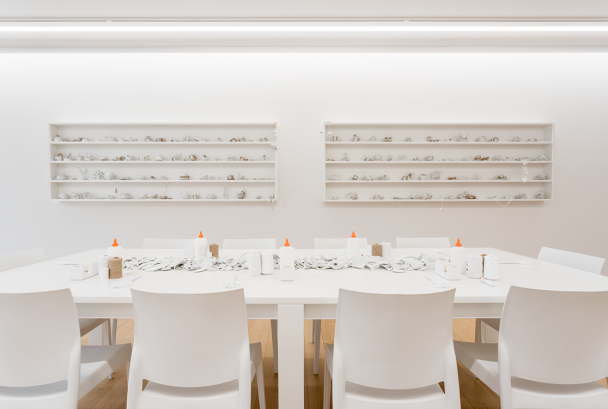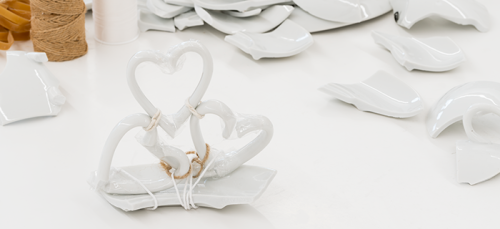Participatory Art
Summary
When does something — an object, an act, a situation— become “art”? It’s a question that’s really dependent on the artist — and even more so, the participant or viewer.
Background
Conceptual artists, pulling tangentially from Dada and Pop artists, prized ideas over formal element and visual components … for the most part. Mid-century Conceptualism took on various forms, including sculpture, but also performance through Fluxus. Yoko Ono was a prolific member of Fluxus: a style which embraced flux, or change, as an essential element of life, and through this, incorporated mundane and everyday objects, activities, and situations to integrate art with life. Similarly, she embraced the conceptual nature of blurring the line between artist and participant, utilizing instruction and chance in the majority of her works.
Ono’s Mend iterations have mutated and shifted over the course of time, having first been conceived as a single broken teacup, a bottle of glue, and a spool of thread accompanied by a single-word instruction: Mend. Mending Piece I was one of several works in the artist’s 1966 solo exhibition at the Indica Gallery in London, all in which relied on instruction and visitor interaction. In the late 1960s and early 1970s, Ono began creating kits that were distributed to various galleries, with the instruction, “Take your favorite cup. Break it in many pieces with a hammer. Repair it with glue and this poem.” Here, the participant needed to actively gather the materials themselves – something that differed from Mending Piece I.


Rem Ribeiro
Curatorial Assistant
Neuberger Museum of Art
YOKO ONO’S Mend Piece (Andrea Rosen Gallery, New York City version), 1966/2015, was on view at the Neuberger Museum of Art from August 31-December 23, 2022. More